Gender Timeline of Landscape Architecture
Some of the most influential landscape architects in history are Frederick Law Olmsted, Andre Le Notre, Capability Brown, and William Kent. They all also share something in common – their gender. However, has it always been the case that males made up a majority of landscape architects instead of females? The timeline of landscape architecture will help us the gender roles within society and landscape architecture.

The Heydar Aliyev Center & its landscape, designed by Zaha Hadid, a famous female Iraqi-British Architect
Both men and women preferred residential work before 1930. During the 1920s and 30s, women started to design domestic environments, especially in the United States.
During the Great Depression, the general practice of landscape architecture was dominated by men. In the past, we commonly perceive landscape architecture as tedious, physical work hence unsuitable for women. In particular, men doubted women’s ability to survey sites and do construction work. Men began to compete with women in an area of outdoor design though some of these women had superior knowledge in garden and yard planning.
They practiced this profession even before they had the right to vote in a country. Hence, it was common for female landscape architects to face gender discrimination. Even after World War II, women were not encouraged to be involved in any planning, designing, and constructing public projects. Despite contributing significantly to the landscape architectural industry, there were a few renown female practitioners. Pioneering female architects such as Beatrix Jones Farrand and Ellen Shipman, have been largely overlooked.
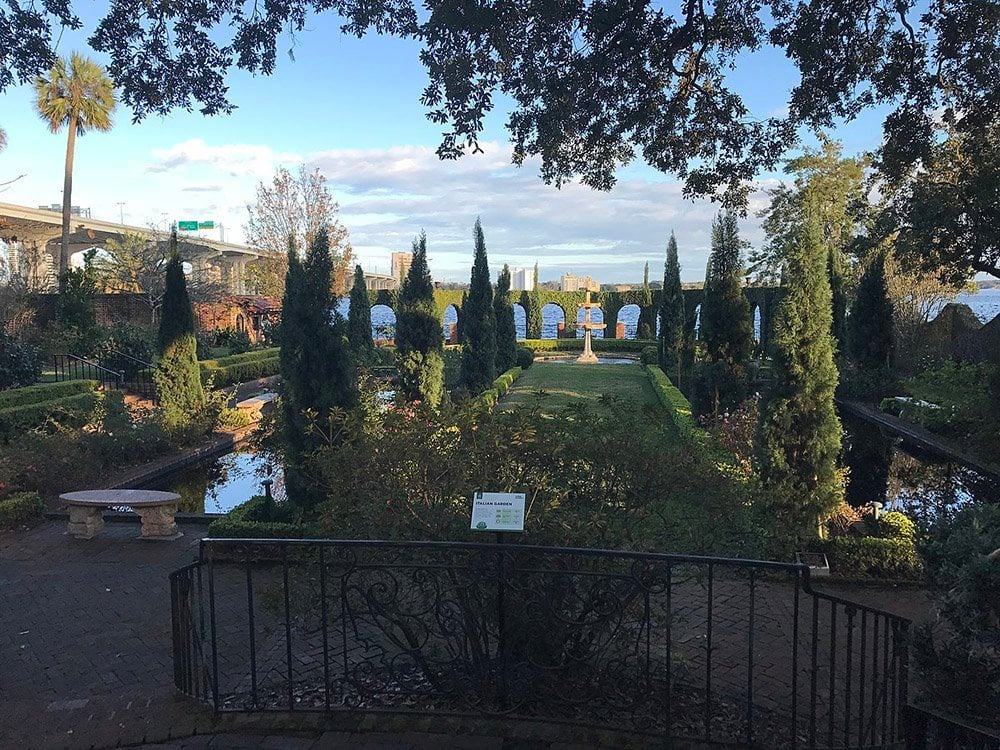
The Italian Garden in the Cummer Museum of Art and Gardens, designed by Ellen Biddle Shipman
Though frequently mentored by men, only a few female landscape architects were offered positions in landscape architectural firms. Hence, many second-generation female landscape architects decided to start up their firms. Following the path of first-generation female architects. There were a small number of women practicing landscape architecture until the 1960s. In the 1960s, society started advocating for both men and women to become involved in improving the condition landscape as an environment to live. Many female landscape architects seized this opportunity and successfully established their careers. Since then, women have played a vital role in landscape architecture.
Beatrix Farrand
Beatrix Farrand was recognized as one of the most well-known female landscape architects in the United States. She was one of the founding members and notably the only female in the American Society of Landscape Architects.
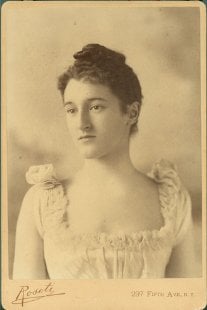
Portrait of Beatrix Farrand during 1890s-1910s
In 1895, she began practicing landscape architecture. Since women were not allowed to take on public projects, she worked on the design of residential gardens. With the help of her family’s social connection, she was introduced to the upper-class people, and this led her to work on very significant projects. Within a short span of three years, she developed a reputation for her elegant style. She was eventually chosen as the only female member of the American Society of Landscape Architects in 1899. Her works were widely appreciated by the wealthy and influential people of society.
Before her career, she studied horticulture and garden design under Charles Sprague Sargent, director of the Arnold Arboretum. Before her death in 1959, she commissioned the design of 110 gardens ranging from private estates, country homes, public parks, botanic gardens, campuses and to the White House. However, only a few yards stood the test of time, and they are namely the Dumbarton Oaks in Washington, D.C, gardens within the campuses of Princeton and Yale.
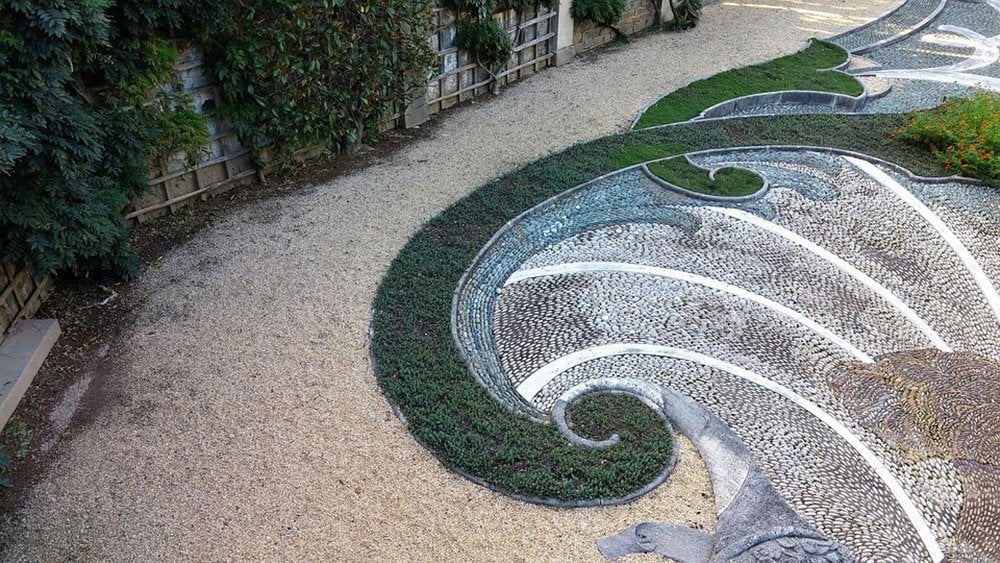
A section of Dumbarton Oaks
She was the most leading, innovative, and versatile landscape architect of her time. Anyone would have been impressed with her works. Like Frederick Law Olmsted, she managed to set the standard high for the next generation to come. She also infused physiological aesthetic in her design and design space that would be of value and attracted people to be in. Farrand understood the theories behind landscape architecture and brought it alive. She created terraced garden rooms. To make people feel at ease and safe, she choreographed movement between the terraces through steps. Farrand also analyzed the patterns to determine the ideal shape and how many sets of steps and breaks in between. Her experiment allowed her to create a set of rules for stairs and made sure that her garden paced the walker too.
Amy Cogswell
Amy Cogswell is one of the first female landscape architects in the United States and designer of the Colonial Revival Garden at the Webb- Deane-Stevens (WDS) Museum. The WDS Colonial Revival Garden is one of 14 historic gardens highlighted during Connecticut Historic Gardens Day.
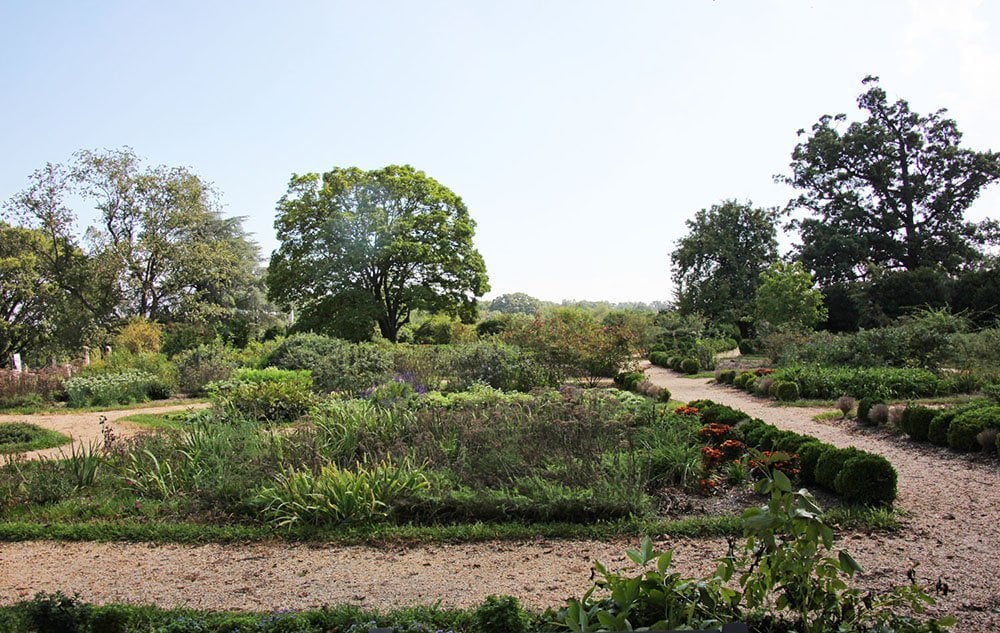
An example of a Colonial Revival Garden
Cogswell enrolled in the first American institution for women studying landscape architect, the Lowthorpe School of Landscape Architecture, Gardening, and Horticulture for Women, in Groton, Massachusetts. Upon graduation, she became the school headmistress for eight years. During that period, she was commissioned to design several gardens and worked together with the Olmsted brothers too. Her works reflected the true Colonial Revival style. One of her most famous well-preserved works would be the garden at Webb-Deane-Stevens Museum.
Ellen Biddle Shipman
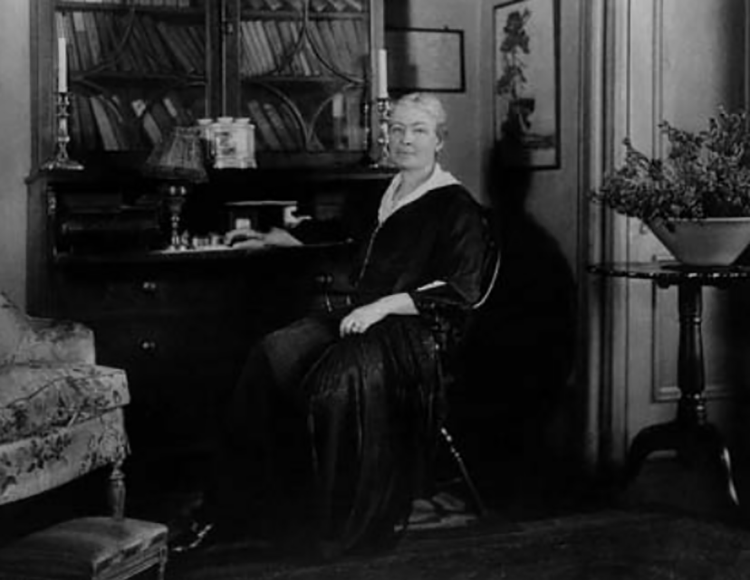
Ellen Biddle Shipman in her NYC home in 1920
“Before women took hold of the profession, landscape architects were doing what I call cemetery work,” commented by Ellen Biddle Shipman. Shipman is known for her formal gardens and lush planting style. She took pride in her works of planting and see it as a form of art, breathing life into the dull landscape. However, there are not many of her works left today due to the labor-intensive style of her design.
Some of her works preserved would be found in Sarah P. Duke Gardens at Duke University. Along with Beatrix Farrand, she was the first generation of female landscape architects who broke into the male-dominated profession. She once said, "Remember that the design of your place is its skeleton upon which you will later plant to make your picture. Keep that skeleton as simple as possible.".

The Moonlight Garden in the Edison and Ford Winter Estates, designed by Ellen Biddle Shipman
She was able to use planting designs to soften the bones of geometric architecture and make it stand out even before. Shipman collaborated with many architects and created her residential gardens widespread across the United States. Her other significant gardens include the Longue Vue Gardens in New Orleans, Stan Hywet Gardens, Bayou Bend Garden and Middleton House and Robert M. Hanes House at Winston-Salem, North Carolina.
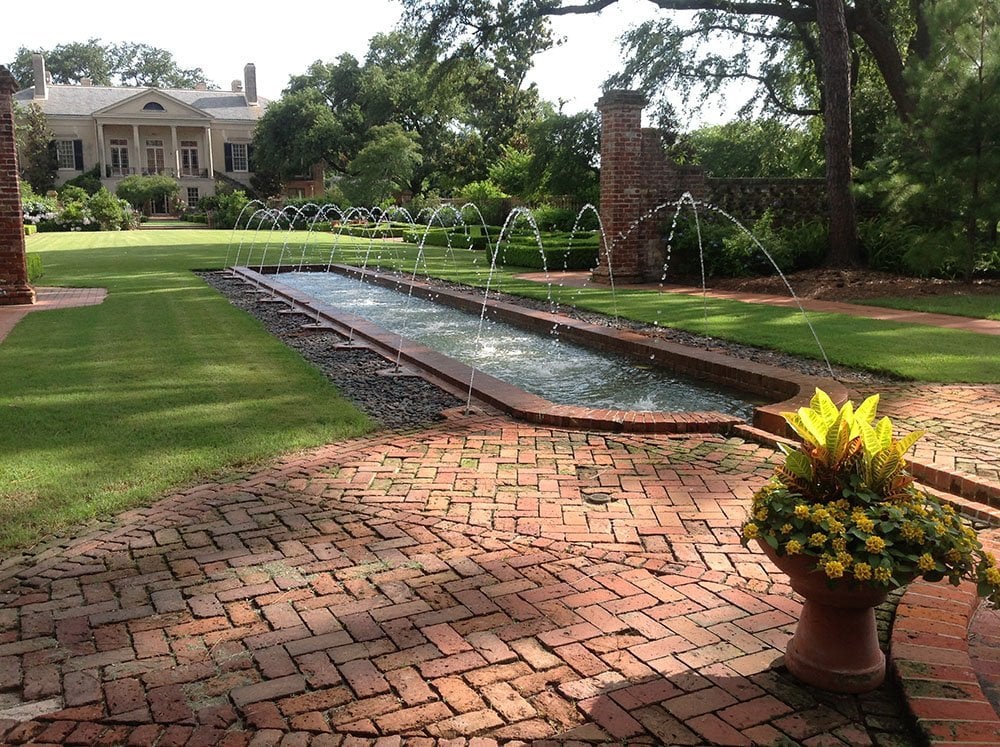
The Longue Vue Gardens in New Orleans, USA
Marian Cruger Coffin
Through her mom’s social connections, Marian Cruger Coffin designed numerous gardens for members of the East Coast elite and her works got famous.
Despite the gender discrimination back then, Coffin was determined to have a career of her own and believed that women had the right to study. She was home-tutored until she decided to enroll in the Massachusetts Institute of Technology and studied for three years as one of the only four women in architecture and landscape design. Upon graduation, Coffin struggled with getting a job in established architectural firms due to the prejudice against women working in a male-dominated field. For a female to have a professional career was akin to social suicide and matrimonial suicide back in those days.

Massachusetts Institute of Technology (1909), located in Boston (current Cambridge), USA
In 1905, she set up her practice in New York City and started to design suburban gardens on Long Island. She was at the peak of her career in the 1920s as the most sought-after landscape architects in the United States. Her clients were some of the wealthiest and famous families in the country, including the Fricks and the Huttons. After the Great Depression in the 1930s, lesser people were engaging her to design their gardens. However, she never gave up on her passion and worked till the age of 80 when she passed away in 1975.
When given a choice to choose between a wealthy husband or have a professional career, she chose the latter. In her lifetime, Coffin desired to express her artistic flair through her works, and the total amount of gardens amounted to 130. Some notable ones are the gardens of Gibraltar in Wilmington and the campus University of Delaware. As compared to Farrand and Shipman, Marian might be less well-known but still recognized for her refined yet elegant formal design.

A reflecting pool section of the gardens of Gibraltar, located in Wilmington, Delaware
Herta Hammerbacher
Burtenbatch mentored German landscape architect Herta Hammerbacher as a horticultural apprentice in 1917. That led her to design the Castle Gardens of Potsdam-Sanssouci in late 1917. Her works were hugely inspired by Karl Foerster and were soon part of his social circle. Together, they pioneered the style of German gardens, which greatly influenced many generations of landscape architects to come.
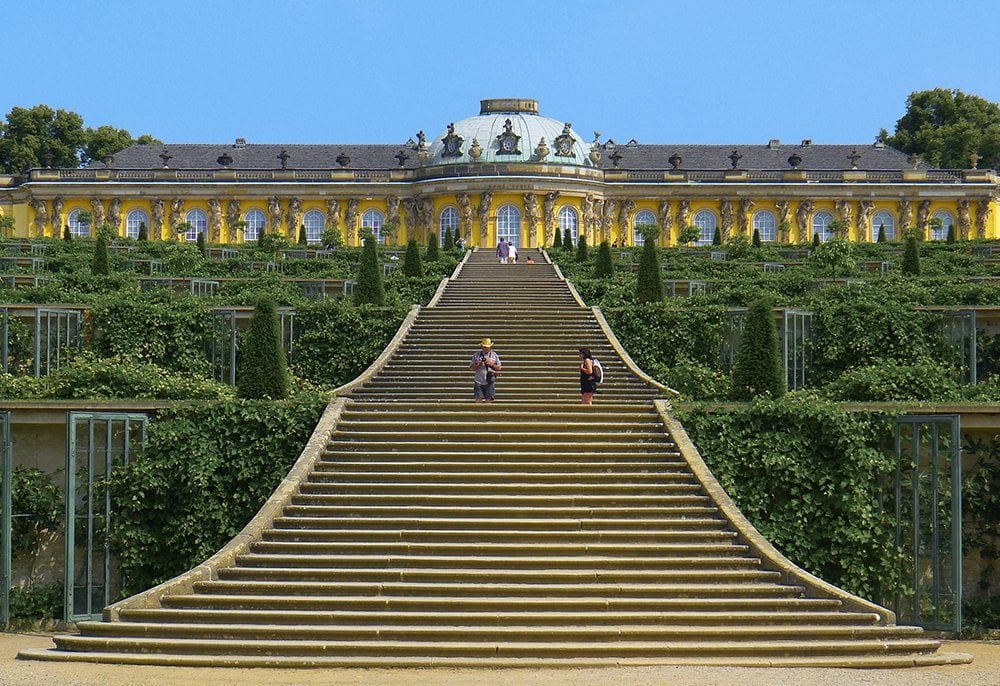
The Castle Gardens of Potsdam-Sanssouci, located in Brandenburg, Germany
While impacting others, she pushed and challenged the boundaries of the female role in society too. Due to Germany’s role in World War Two, Hammerbacher was not invited to the International Conference of Landscape. That did not quench her passion for landscape architecture or horticulture. She went on to teach in TU Berlin and became the first female professor of landscape architecture.
Maria Teresa Parpagliolo Shephard
Maria Teresa grew up in a liberal and intellectual family in Rome. While in university, she studied arts and archaeology and loved both paintings and plants. Her vast knowledge in art led to her family friend’s invitation for her to write articles on ‘garden and landscape’ for the then newly established Architectural Journal.
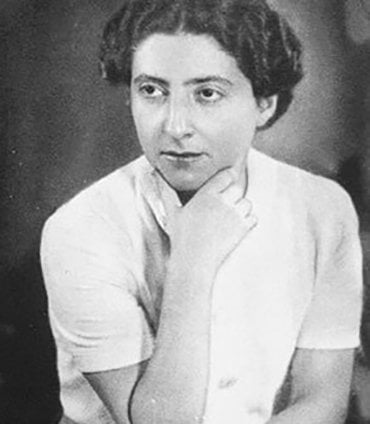
Maria Teresa Parpagliolo Shephard
Back then, landscape architecture was still a growing profession; hence, there was no training facility in Italy. To prepare herself, Parpagliogo went abroad to embark on her career. Her bilingual skills and artistic flair proved to be essential traits of her later career. Her works were unique and had cross-cultural references. She also drew references from Hammersbacher’s garden design too.
At 28 years old, she became Percy Stephen Cane’s apprentice, and it became one of the pivotal points in her life. Cane also mentored many other landscape architects back then. Parpagliolo was eager and passionate about what she learned. A few years later, she went on to become an instructor in a professional gardeners training school in Rome. In 1934, she joined the Institute of Landscape Architects as Associates and got integrated into the circle of British landscape designers.
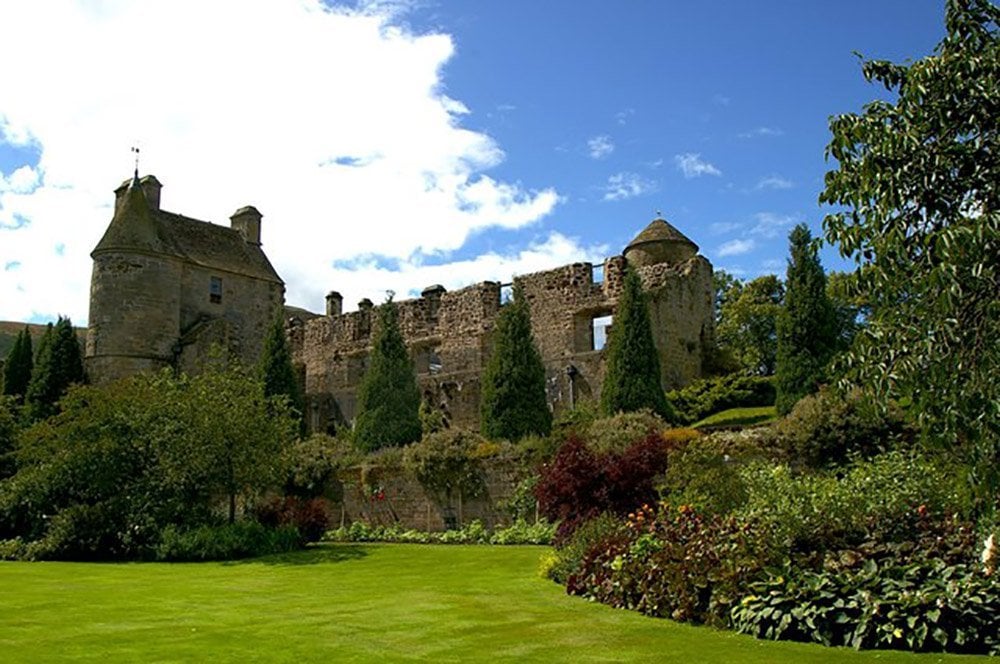
The Falkland Palace Garden, designed by Percy Stephen Cane
She was genuinely interested in imparting her skills to the next generation of architects to improve the state of the environment. Together with Pietro Porcinai, they dreamt of building the first school of landscape architecture in Italy. She played an essential role in helping to revive horticulture in Britain and Italy by supporting many environmental movements. She also pioneered the research of Mughal Garden. Her diverse activities led to the growth of this young profession.
Despite working in the shadow of their male colleagues, many of these forgotten female landscape architects has exerted considerable influence on society and its physical environment.



 The Heydar Aliyev Center & its landscape, designed by Zaha Hadid, a famous female Iraqi-British Architect
The Heydar Aliyev Center & its landscape, designed by Zaha Hadid, a famous female Iraqi-British Architect The Italian Garden in the Cummer Museum of Art and Gardens, designed by Ellen Biddle Shipman
The Italian Garden in the Cummer Museum of Art and Gardens, designed by Ellen Biddle Shipman Portrait of Beatrix Farrand during 1890s-1910s
Portrait of Beatrix Farrand during 1890s-1910s A section of Dumbarton Oaks
A section of Dumbarton Oaks An example of a Colonial Revival Garden
An example of a Colonial Revival Garden Ellen Biddle Shipman in her NYC home in 1920
Ellen Biddle Shipman in her NYC home in 1920 The Moonlight Garden in the Edison and Ford Winter Estates, designed by Ellen Biddle Shipman
The Moonlight Garden in the Edison and Ford Winter Estates, designed by Ellen Biddle Shipman The Longue Vue Gardens in New Orleans, USA
The Longue Vue Gardens in New Orleans, USA Massachusetts Institute of Technology (1909), located in Boston (current Cambridge), USA
Massachusetts Institute of Technology (1909), located in Boston (current Cambridge), USA A reflecting pool section of the gardens of Gibraltar, located in Wilmington, Delaware
A reflecting pool section of the gardens of Gibraltar, located in Wilmington, Delaware The Castle Gardens of Potsdam-Sanssouci, located in Brandenburg, Germany
The Castle Gardens of Potsdam-Sanssouci, located in Brandenburg, Germany Maria Teresa Parpagliolo Shephard
Maria Teresa Parpagliolo Shephard The Falkland Palace Garden, designed by Percy Stephen Cane
The Falkland Palace Garden, designed by Percy Stephen Cane








